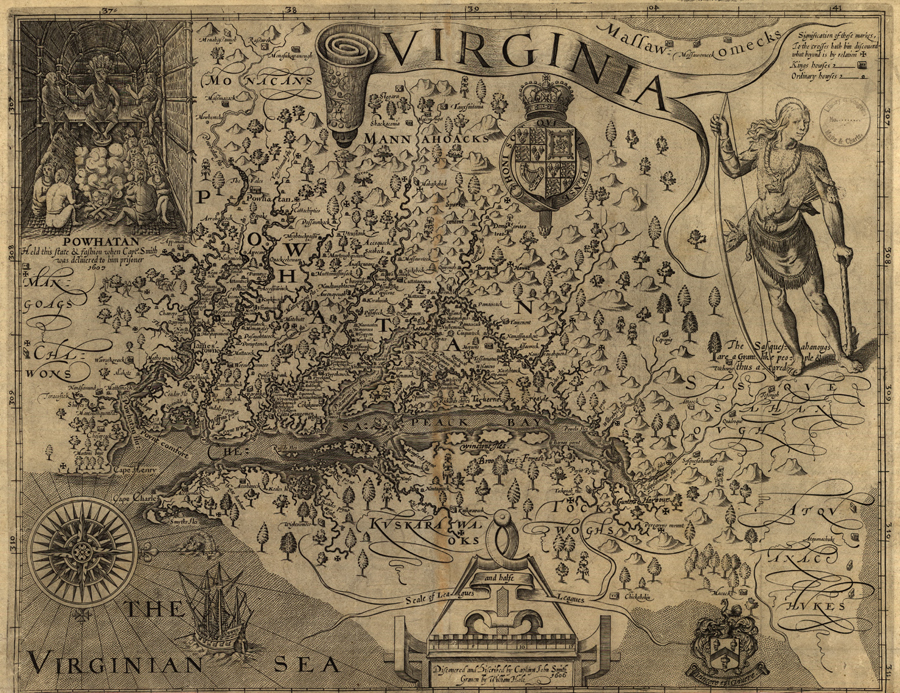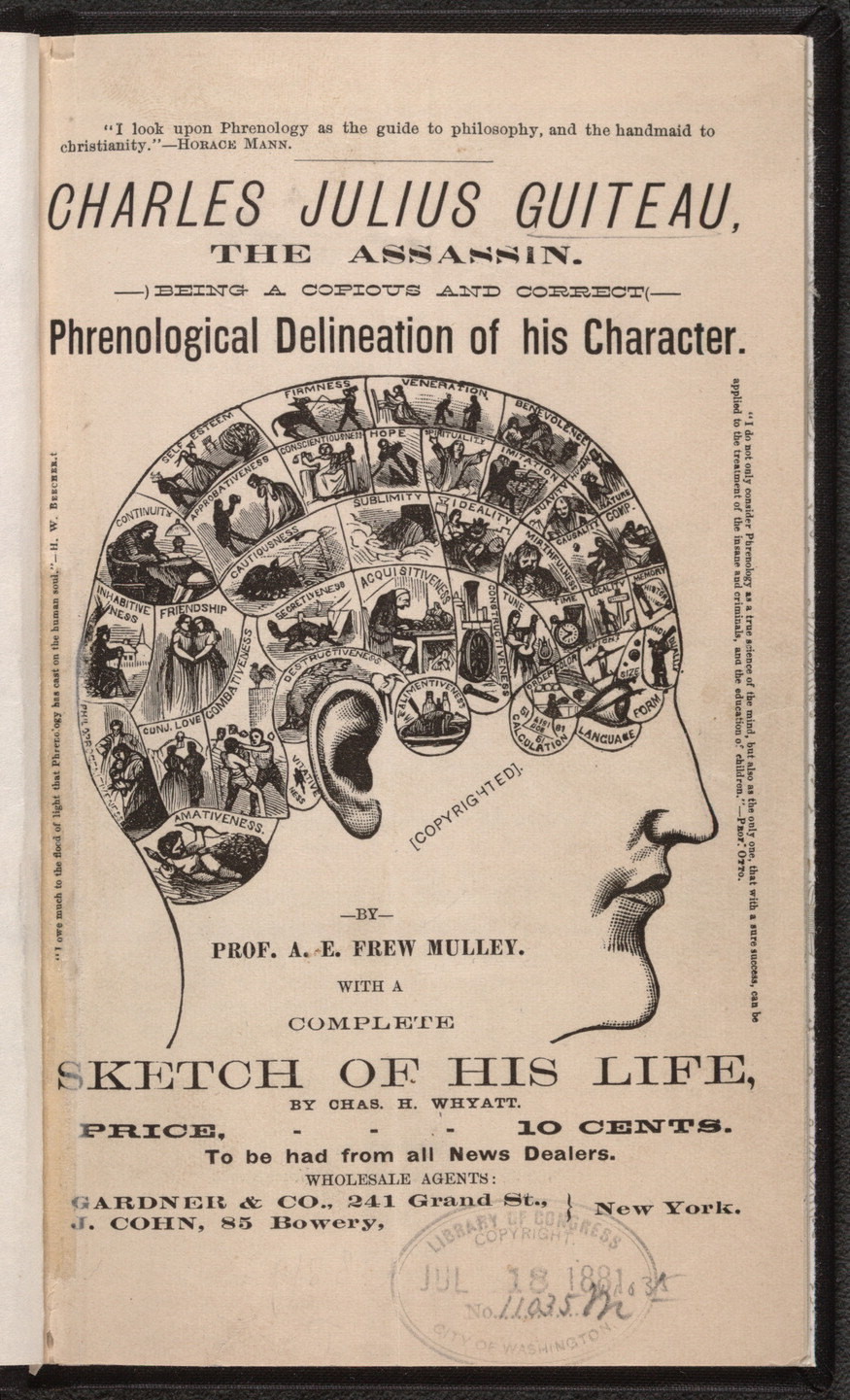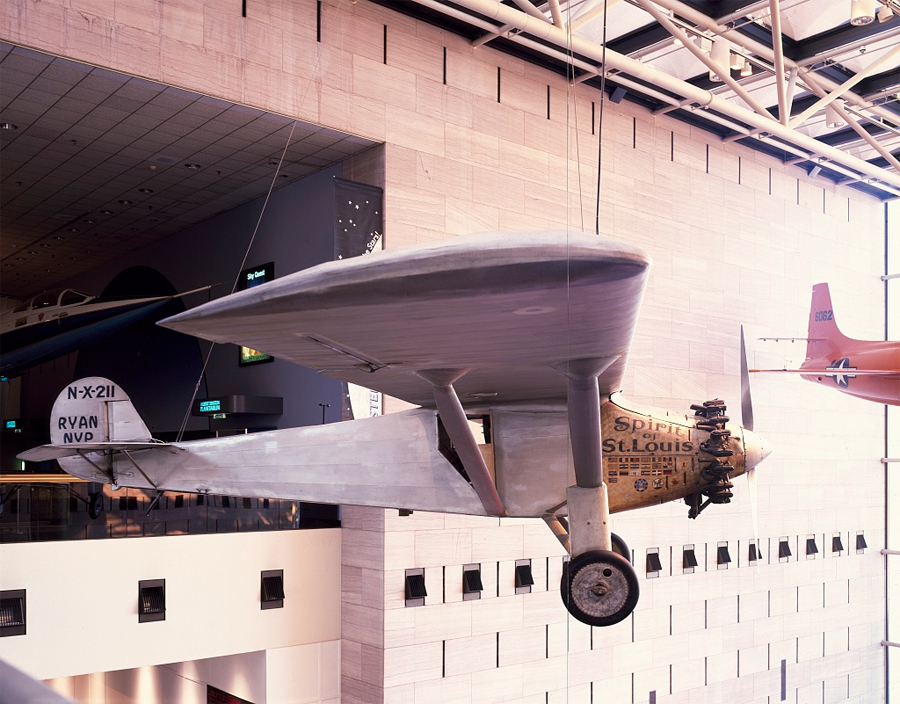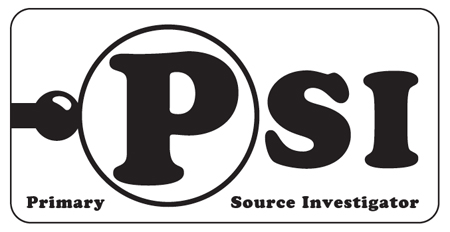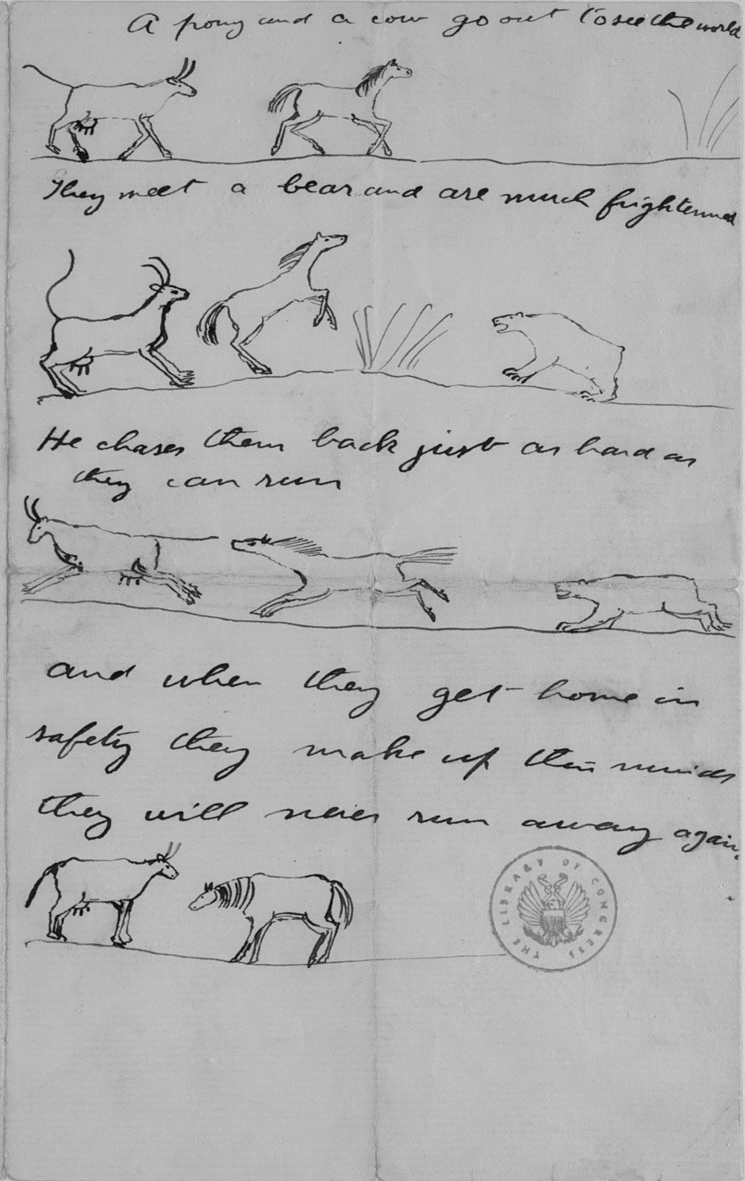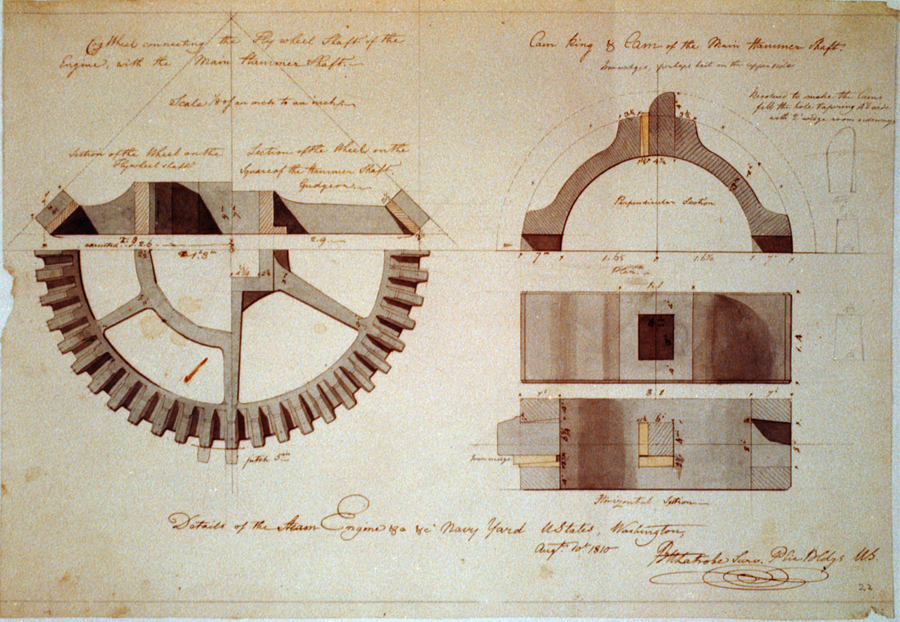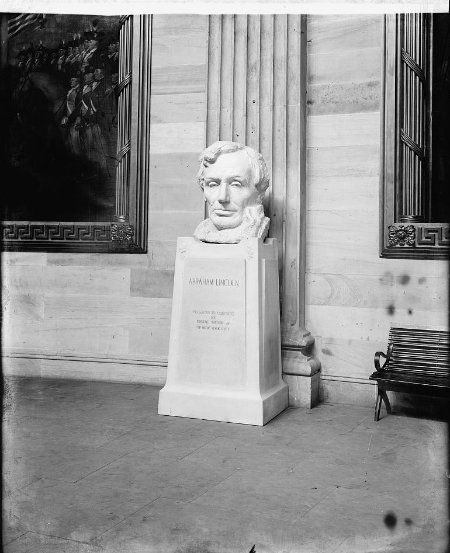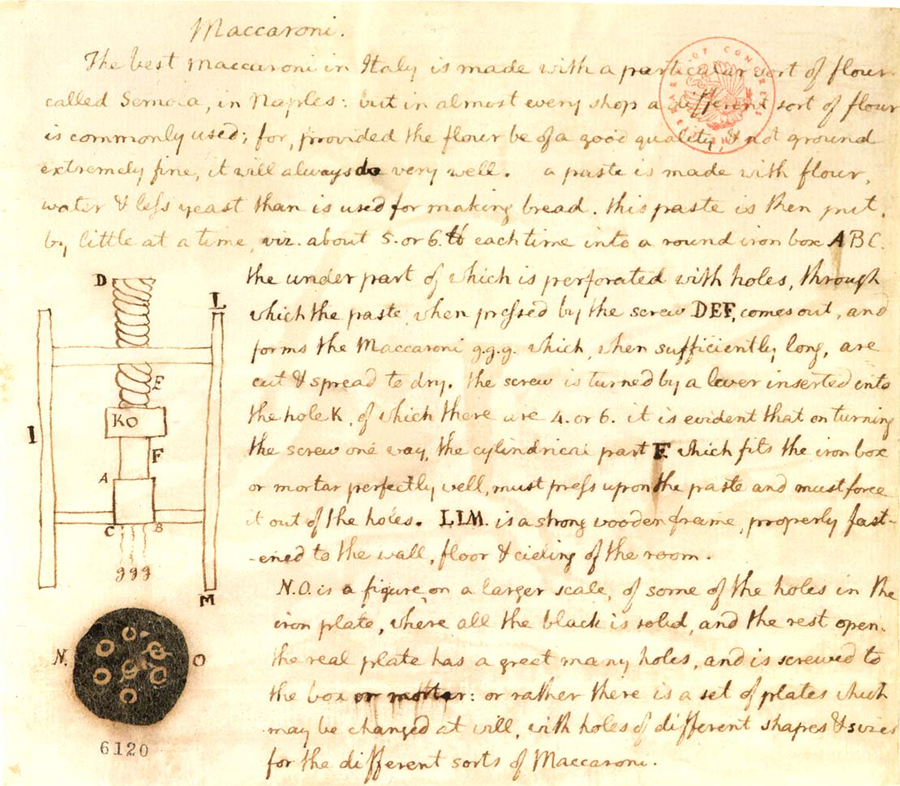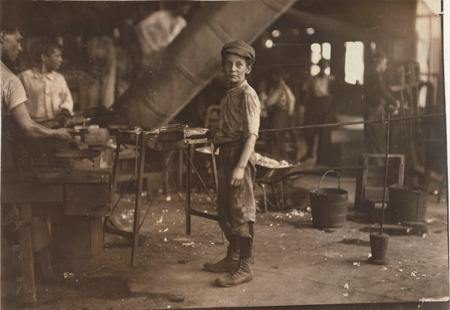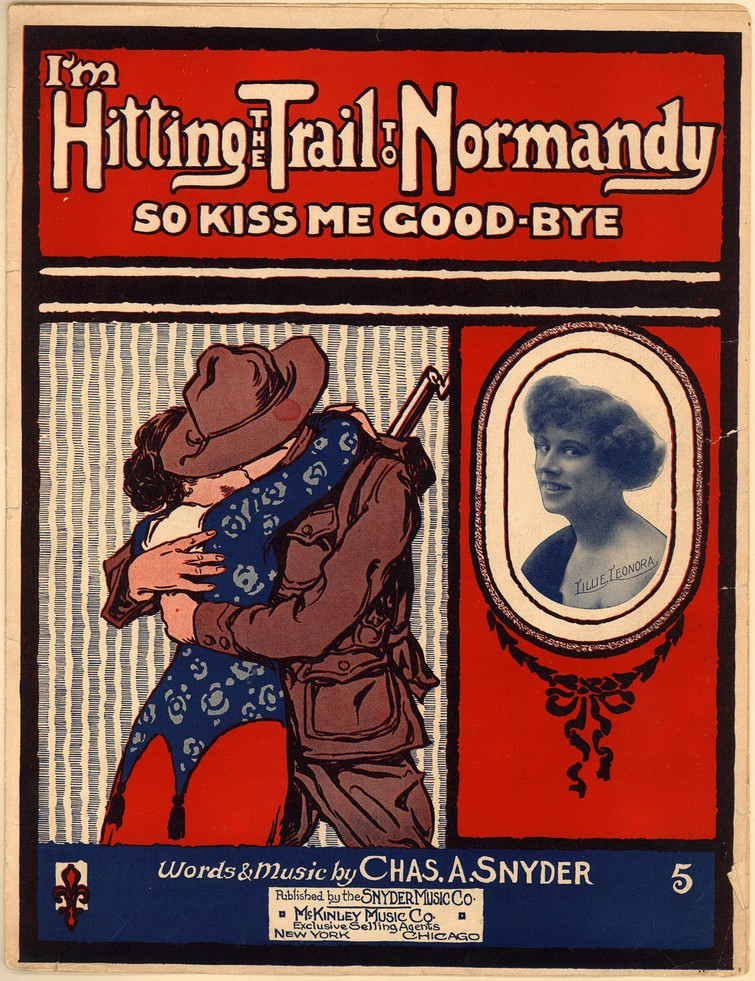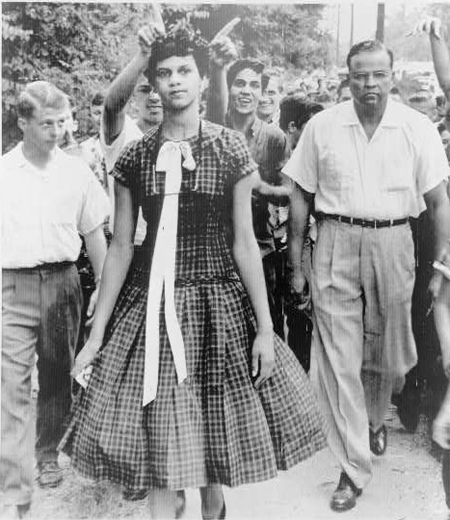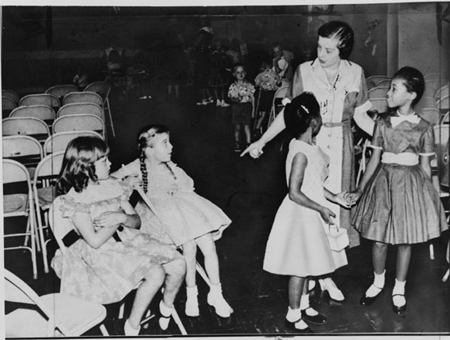Guided Primary Source Analysis: Virginia by Capt. John Smith
Use the zoom feature online or access a larger image of this map (zoomable map | enlarged map). What details do you notice first? What else strikes you as interesting? Why do you think John Smith made this map? What scale is used for this map? What scale is typically used for maps today? The map…

